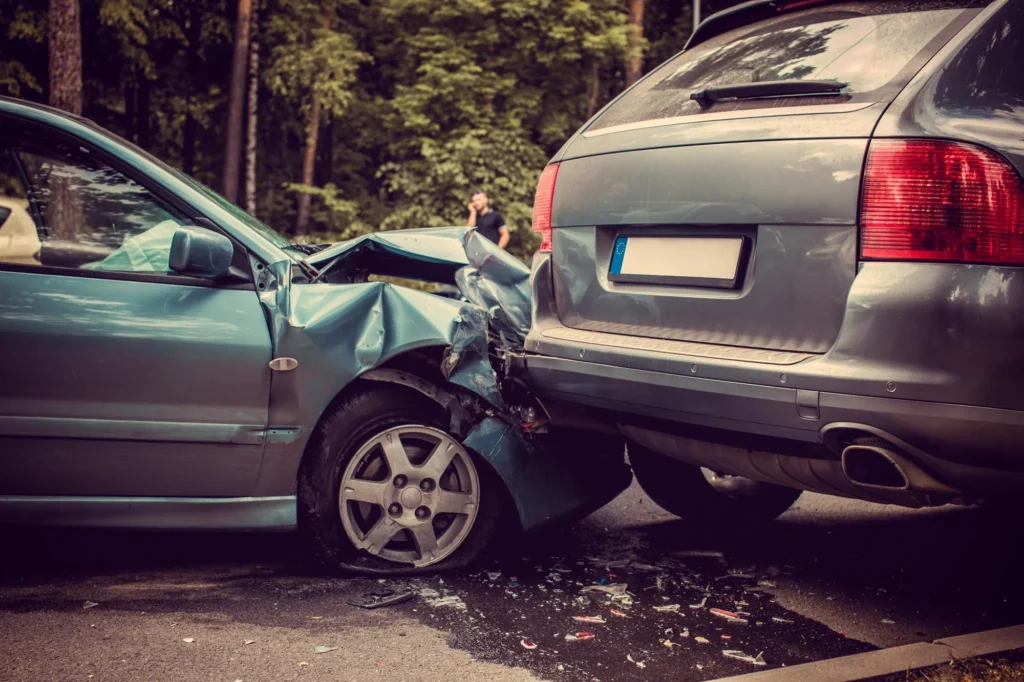Santa Fe, New Mexico, is known for its art, culture, and beautiful roads. But accidents can happen anywhere, even here. When they do, it’s important to know what the law says. Whether it’s a small fender bender or something more serious, the right steps can protect you. And if things get complicated, a car accident lawyer in Santa Fe can help you understand your rights Car accident laws.
This blog explains the most important car accident laws in simple language, so everyday drivers can feel more confident behind the wheel.
1. Fault vs. No-Fault Laws
In the U.S., each state follows either fault or no-fault rules.
- In fault states, the driver who caused the accident must pay for the damage, usually through insurance.
- In no-fault states, each driver’s own insurance pays for their medical costs, no matter who caused the crash.
Most states use the fault system, but it’s important to know which system your state uses—it affects how you file your claim.
Continue your learning journey — this related post adds valuable depth and detail.
2. Negligence and Determining Fault
The law decides who’s at fault based on negligence—this means someone acted carelessly or broke traffic rules.
Examples of negligent driving:
- Running red lights
- Speeding
- Not yielding
- Texting while driving
Some accidents involve shared fault. In many states, the law allows for comparative negligence. If you’re 20% at fault, and the other driver is 80% at fault, you can still get paid—but 20% is taken out of your total.
3. Car Insurance Laws
All drivers must have car insurance. Most states require:
- Liability coverage (for damage or injury you cause to others)
- Property damage coverage
- Bodily injury coverage
Some states also require:
- Uninsured/underinsured motorist coverage
- Personal Injury Protection (PIP)
Driving without insurance is illegal and can lead to fines, suspended licenses, or even jail time.
4. Hit-and-Run Is a Crime
A hit-and-run happens when a driver leaves the scene of an accident without stopping or giving information. This is illegal in every state—even if the accident is minor.
You are required by law to:
- Stop your car
- Check if anyone is hurt
- Call the police if needed.
- Share your name, contact info, and insurance
Leaving the scene can lead to:
- Fines
- Jail time
- Loss of your driver’s license
- Felony charges (if someone is seriously hurt or killed)
If someone hit your car and drove away, report it immediately.
5. Reporting an Accident to the Police
Most states require you to report a crash if:
- Someone is injured
- There’s major property damage.
- A vehicle needs to be towed
Failing to report can lead to penalties like fines or points on your license. Police reports also help prove who was at fault, so it’s always smart to get one.
6. Statute of Limitations (Legal Time Limits)
You only have a limited time to take legal action after a car accident.
- Injury claims: Usually 2–3 years
- Property damage claims: Usually 3–4 years
These are called statutes of limitations. If you wait too long, you may lose your right to sue or even file an insurance claim.
7. Legal Rights After a Car Accident
If the other driver was at fault, you have the legal right to ask for money to cover:
- Medical bills
- Car repair or replacement
- Lost wages from missing work
- Pain and suffering
If insurance won’t pay fairly, a car accident lawyer can help you negotiate or take the case to court.
Key Takeaways
- States follow either fault or no-fault car accident laws.
- Negligence decides who’s responsible.
- Insurance laws require minimum coverage.
- Hit-and-run is a crime—never leave the scene.
- You must report serious accidents to the police.
- There are deadlines for filing claims or lawsuits.
- You can recover damages if you’re not fully at fault.
Keep scrolling — explore more posts that challenge and motivate your next step.






